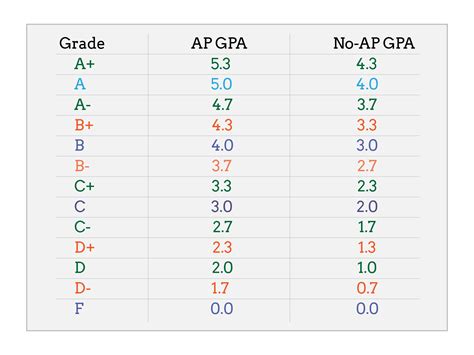How to Figure Out Your GPA: A Simple Guide
Calculating your Grade Point Average (GPA) might seem daunting, but it's a straightforward process once you understand the steps. This guide will walk you through calculating your GPA, whether you're a high school student, a college student, or just curious about how it works.
Understanding the Basics of GPA
Your GPA represents the average of your grades, providing a single number that summarizes your academic performance. It's typically calculated on a 4.0 scale, where:
- A = 4.0
- B = 3.0
- C = 2.0
- D = 1.0
- F = 0.0
Some institutions may use plus and minus grades (e.g., A-, B+, etc.), slightly altering the numerical values. We'll cover how to handle those variations below.
Calculating Your GPA: A Step-by-Step Guide
Here's how to calculate your GPA, regardless of whether you're using a simple or weighted system:
Step 1: Gather Your Grades and Credits
First, you'll need a list of all your courses and their corresponding grades and credit hours (or weight). If you're unsure about your grades or credit hours, consult your transcripts or your school's online grade portal.
Example:
| Course | Grade | Credit Hours |
|---|---|---|
| Algebra II | A | 5 |
| English Literature | B | 4 |
| Biology | A- | 5 |
| History | B+ | 3 |
| Chemistry | C | 4 |
Step 2: Convert Letter Grades to Numerical Values
Using the standard 4.0 scale (or your institution's specific scale), convert your letter grades into their numerical equivalents. Remember to account for plus and minus grades:
- A = 4.0
- A- = 3.7
- B+ = 3.3
- B = 3.0
- B- = 2.7
- C+ = 2.3
- C = 2.0
- C- = 1.7
- D+ = 1.3
- D = 1.0
- D- = 0.7
- F = 0.0
Example (applying conversions to our example):
| Course | Grade | Credit Hours | Numerical Grade |
|---|---|---|---|
| Algebra II | A | 5 | 4.0 |
| English Literature | B | 4 | 3.0 |
| Biology | A- | 5 | 3.7 |
| History | B+ | 3 | 3.3 |
| Chemistry | C | 4 | 2.0 |
Step 3: Calculate Grade Points for Each Course
Multiply the numerical grade for each course by its corresponding credit hours. This gives you the grade points for each class.
Example:
| Course | Grade | Credit Hours | Numerical Grade | Grade Points (Grade x Credit Hours) |
|---|---|---|---|---|
| Algebra II | A | 5 | 4.0 | 20.0 |
| English Literature | B | 4 | 3.0 | 12.0 |
| Biology | A- | 5 | 3.7 | 18.5 |
| History | B+ | 3 | 3.3 | 9.9 |
| Chemistry | C | 4 | 2.0 | 8.0 |
Step 4: Sum Up Your Total Grade Points
Add up all the grade points calculated in Step 3. In our example: 20.0 + 12.0 + 18.5 + 9.9 + 8.0 = 68.4
Step 5: Calculate Your Total Credit Hours
Add up all the credit hours for all your courses. In our example: 5 + 4 + 5 + 3 + 4 = 21
Step 6: Calculate Your GPA
Finally, divide your total grade points (Step 4) by your total credit hours (Step 5).
Example: 68.4 / 21 = 3.26
Therefore, the GPA in this example is 3.26.
Handling Weighted GPAs
Some high schools and colleges use a weighted GPA system, where courses like AP or Honors classes are worth more credit hours. In this case, you'll follow the same steps as above, but use the weighted credit hours provided by your institution.
Using Online GPA Calculators
Many free online GPA calculators are available. These tools can simplify the process, especially if you have numerous courses or a weighted GPA system. Just search "GPA calculator" on your preferred search engine.
Remember to always double-check your calculations and refer to your school's grading system for the most accurate GPA calculation.
